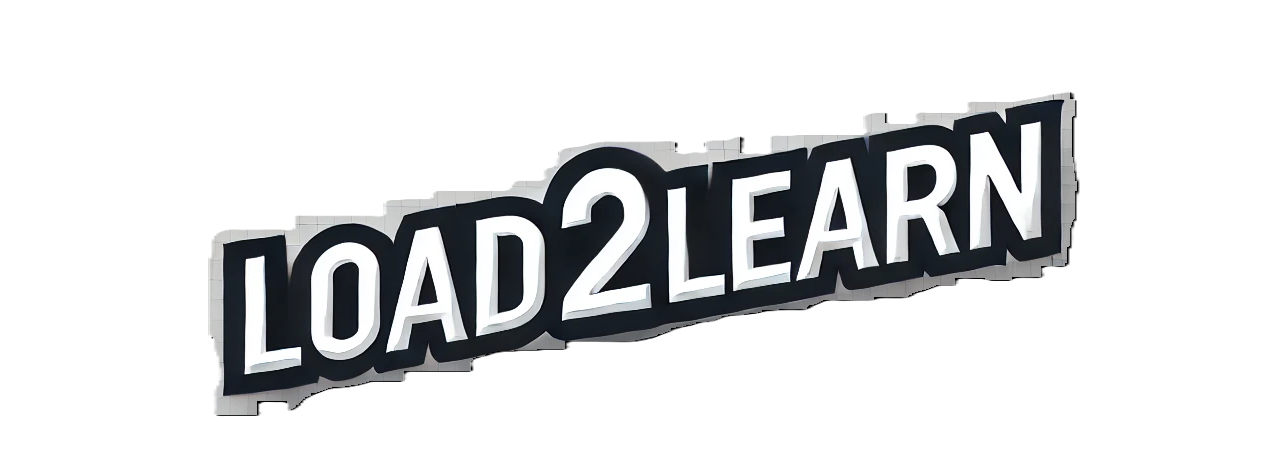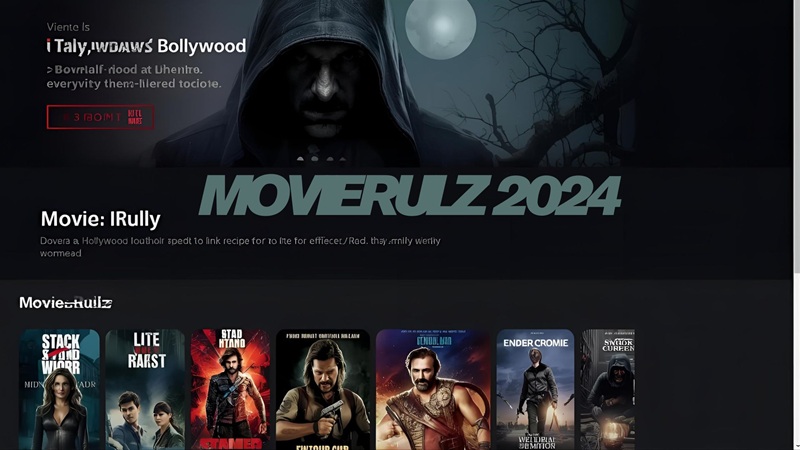Mass participation event management requires accuracy, foresight, and the nerves of seasoned air traffic controllers. A distinct science is involved in public events such as sports, concerts, and political rallies. The risks are real. Even a moment of neglect can lead to crashes, confusion, and anarchy. A smart plan goes beyond fences and security guards. Where the bodies will move next, and the crowd’s breathing and pulse are examined. Miss that nuance, and the consequences could be devastating.
Preparation Makes Perfection
Nobody wakes up ready for riots—careful planning is required. Event organisers must worry about venue maps before large events begin, including entry points, exits, and bottlenecks. Safety teams? They must have distinct duties in procedures as tight as drums to exist. Experience shows that staff communication channels save the day when things go wrong. Emergency planning for medical problems or weather changes is essential. Be complacent when planning, and disarray will unfold faster than expected.
Real-Time Monitoring: Eyes Everywhere
Security cameras? Essential but not enough on their own—think bigger. Human spotters roam the ground, while technology watches from above: drones feed live images back to control hubs that resemble command centres more than anything else. Crowd density analytics flag danger before panic starts spreading like wildfire; patterns are tracked in real time instead of being guessed after the fact. Marshals positioned at pressure points keep information flowing both ways—feedback from below relayed upward without lag or censorship. This layered system doesn’t just react; it anticipates trouble before headlines have a chance to write themselves.
Clear Signage Beats Verbal Chaos
When voices vanish under human noise—or panic—it’s signs and symbols that carry meaning through the crowd’s collective subconscious. Unambiguous exit signage lit bright enough to cut through fog or darkness saves lives without anyone noticing until later reflection reminds them of its importance. Floor markings underfoot act as silent guides that don’t tire out or misdirect when tensions spike. Staff equipped with visual paddles or high-visibility markers offer reassuring anchors amid shifting bodies; everyone sees what needs to be seen instantly, without relying on muddled announcements swallowed up by thousands of competing voices.
Rapid Response Teams Win Seconds
A crisis never makes an appointment—it arrives unannounced and demands action now (not in five minutes). Swift-moving response teams operating inside the event blend into the flow but stand ready to surge where needed most at any hint of incident: medical emergencies, fights breaking out, sudden crowd surges near choke points—they’re trained for all of it. These squads don’t wait for paperwork; authority sits with them directly, so seconds aren’t wasted climbing ladders of approval while someone’s still in trouble on the ground.
Conclusion
If history teaches anything about managing enormous crowds safely, it’s this: luck favours those who plan meticulously but remain nimble under pressure. Tools matter—maps studied in advance, advanced monitoring systems humming in control rooms—but tools alone don’t guarantee order unless people wield them decisively when reality tests resolve most ruthlessly. The best-run gatherings rarely make dramatic headlines because preparations made the drama impossible in the first place—a quiet triumph every organiser should aspire to repeat without fail.



















Leave a Reply